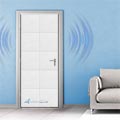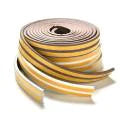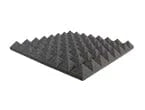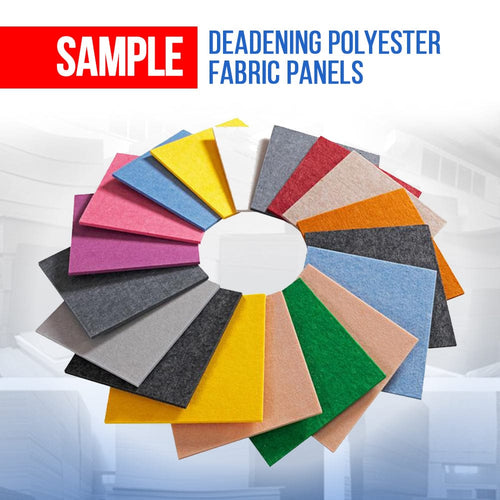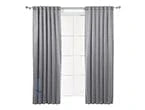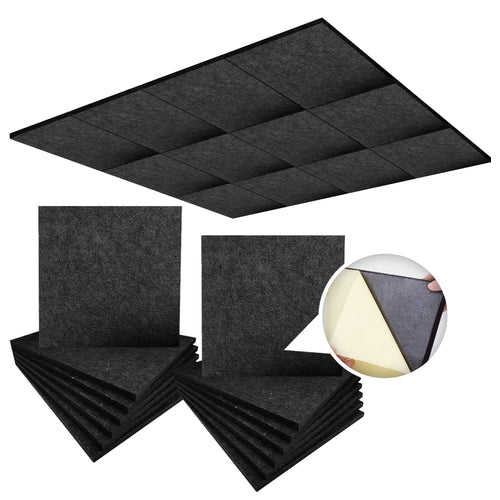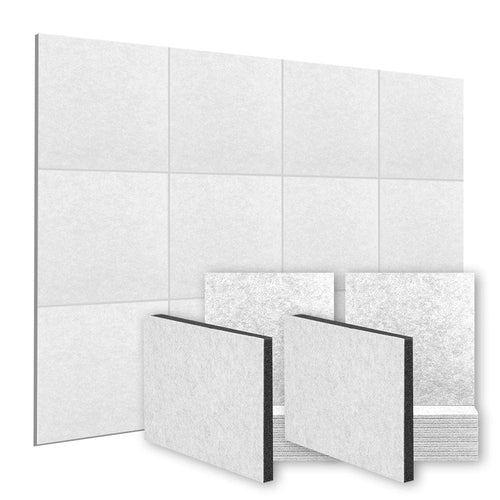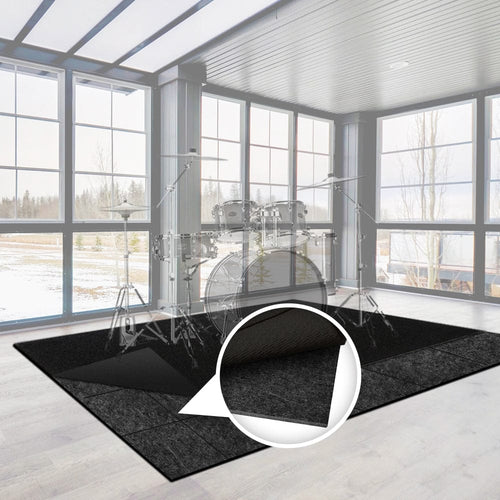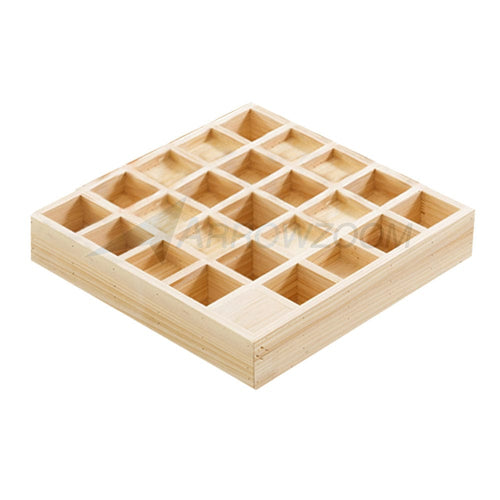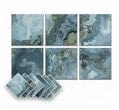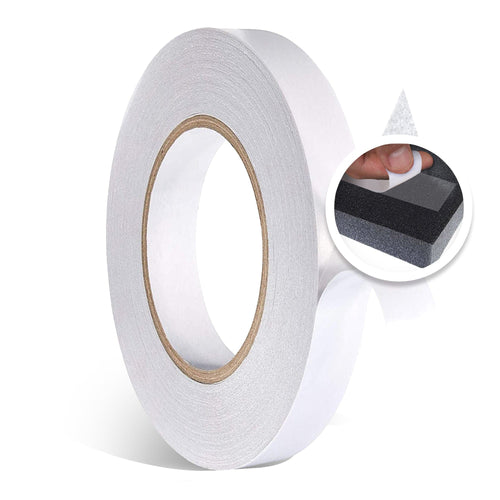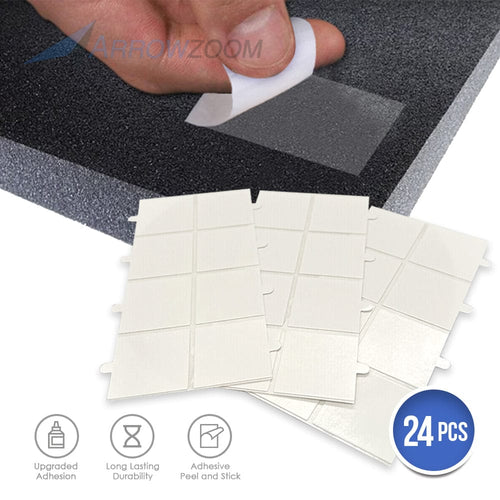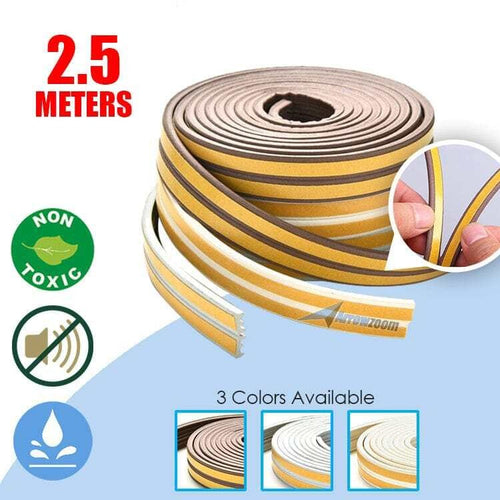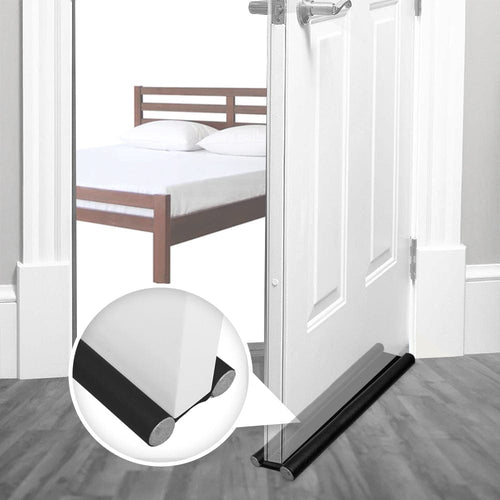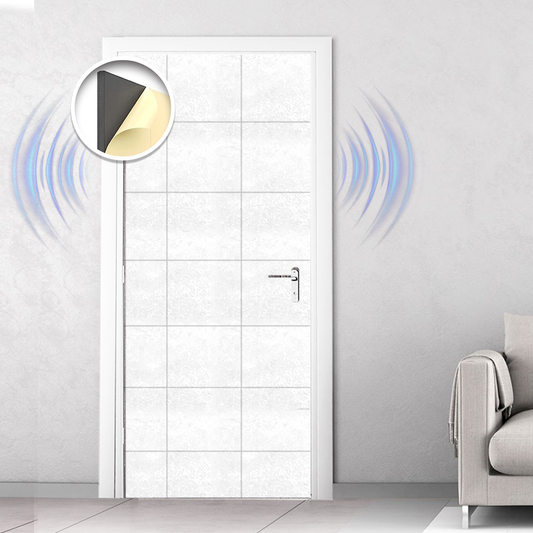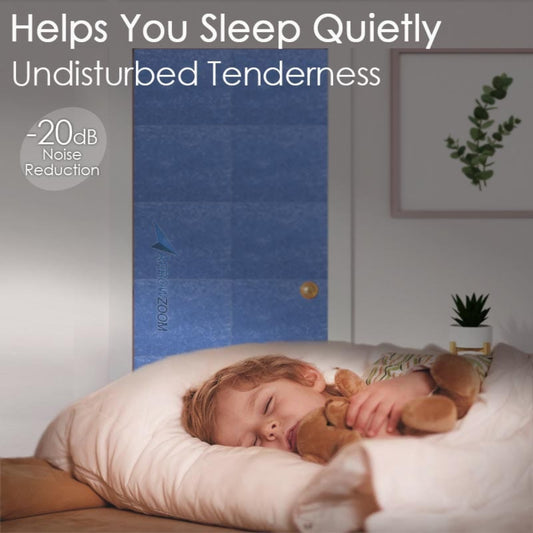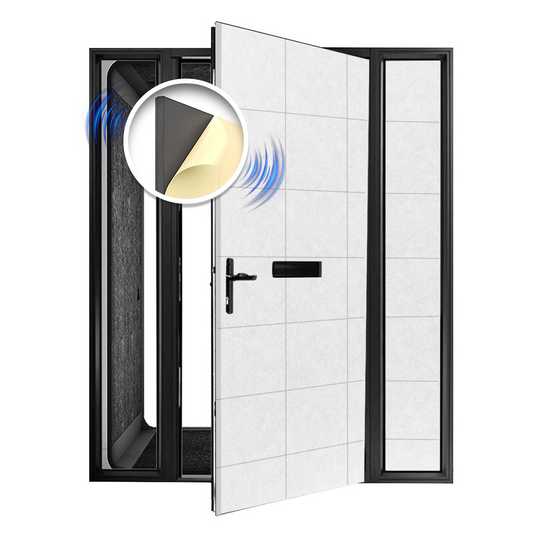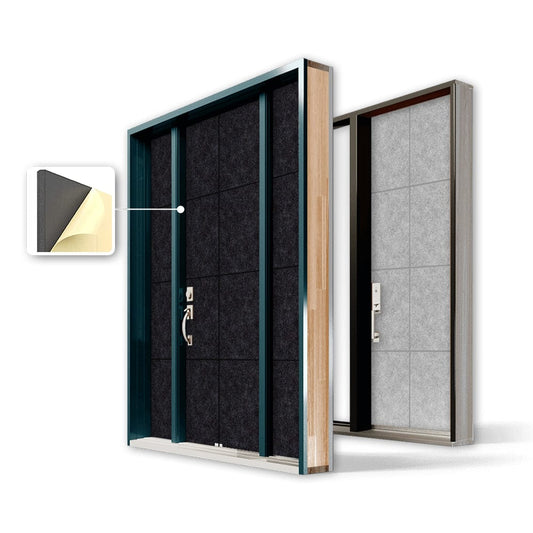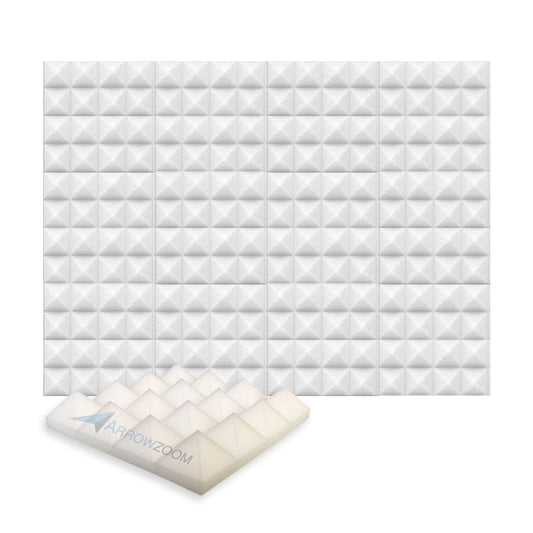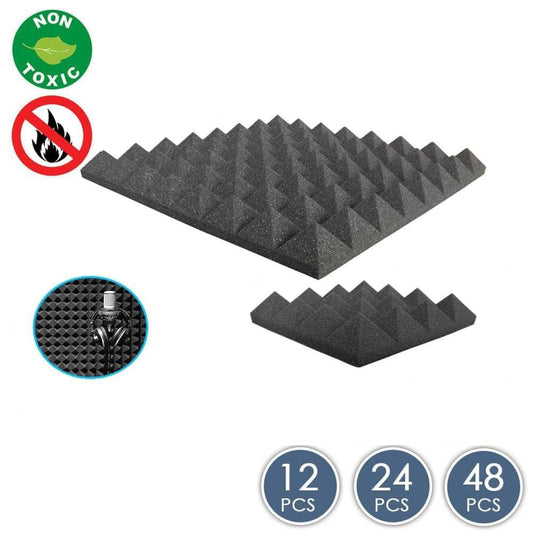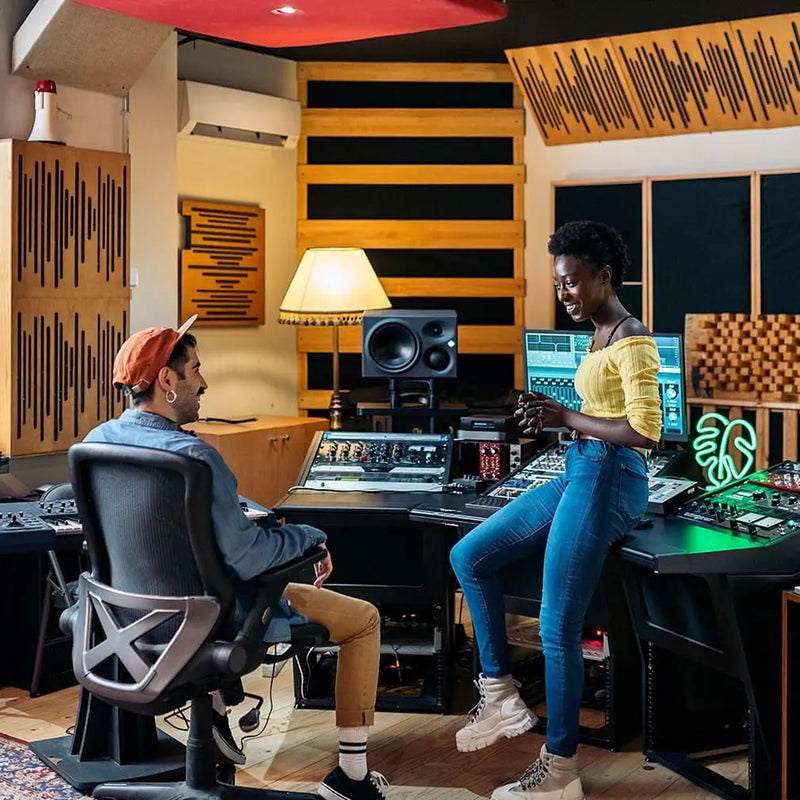
Neighbor keeping you up late at night, hard to concentrate while working from home, disrupting the eat, sleep, and rest routine that you would strictly have followed otherwise! Noise and outside clutter coming at the backdrop of a disturbing hustle and bustle of the chaotic crowds amassed on roads, overwhelming honking of vehicles, and an unrelenting array of sounds, entering day-in and day-out, daunting your daily schedule. All of this disturbance could turn into a miserable situation if not looked at and treated with utmost caution.
Ways to block the unneeded sound waves traveling through a medium
Sound waves travel longitudinally through the air and transversing through the surface to finally reach the eardrums. How these sound waves enter your premises determines whether it would turn soothing or disastrous as per the human's levels of apprehension. Originating through a source and then getting reflected, absorbed, experiencing a rise or dampening, create either noisy and disturbing or a quiet acoustic environment within the space, reducing the reverberation time. Noone would admire a noisy environment, but, rather, a subtly soothing aura is welcomed by all. That said, we will now be exploring ways to absorb and block sound, highlighting materials that could play a vital role in soundproofing!
1)Soundproof acoustic panels
Composed of compressed mineral wool and foam, soundproof acoustic panels absorb sound waves, thus dampening the amplitude of high-intensity waves. The absorption reduces the general noise, thus bringing clarity to the sound received and limiting the reverberation and echoing within the enclosed area of four walls. This extraneous noise that could otherwise create extreme disturbance is dampened to create a more peaceful and stress-free environment.
2)Mass-loaded vinyl

Not just restricted to the dampening of the sound waves, mass-loaded vinyl sound barriers can restrict sound from entering the premises altogether. MLV is the perfect material for a sound barrier on walls and ceilings. A thin but super-dense rubber-like material, its heaviness, and flexibility make it great for all soundproofing applications. A sound barrier purely reflective is best for soundproofing solutions. Their application may not just keep sound confined to a space but also let it refrain from spreading to the adjoining spaces.
3) Sound-absorbing curtains

Providing a substantial barrier to sound, these sound-deadening materials reduce any reverberation and echo in a space, thereby reducing the unneeded decibels entering the premises. Lessening the impact of the overwhelming sounds and their respective echoes in any given area, they'll defuse soundwaves and soak them up to create a quieter environment. These are a great and justifiable investment for any indoor premises that receives immense noise pollution almost daily.
4)Soundproof blankets
One of the easiest and most affordable ways to achieve your soundproofing goals, sound blankets compile layers of sound-absorbing materials that reduce the echo and nullify the reverberations from the surface and can be applied anywhere from doors, and windows, to the walls. Combination Blankets both absorb and block sound. It's always good to know where the sound is coming from and the goal you want to achieve. Its soundproofing effectiveness depends on the thickness and weight. Soundproofing blankets made with the right material will work if used correctly.
Block what's unneeded

Soundproofing and absorption can reduce the transmission of sound waves directly from the source to the involuntary listener. The barrier to the sound transmission pathway is required to prevent the bad noise from spreading across the environment. The distance between the source and the listener is best utilized through the intervening objects that act as protective barriers to funnel what's unneeded. Soundproofing curtains, blankets, mass-loaded vinyl, etc., whatever the material, the aim is to block loud noise decibels from entering and disturbing your calm and soothe.



